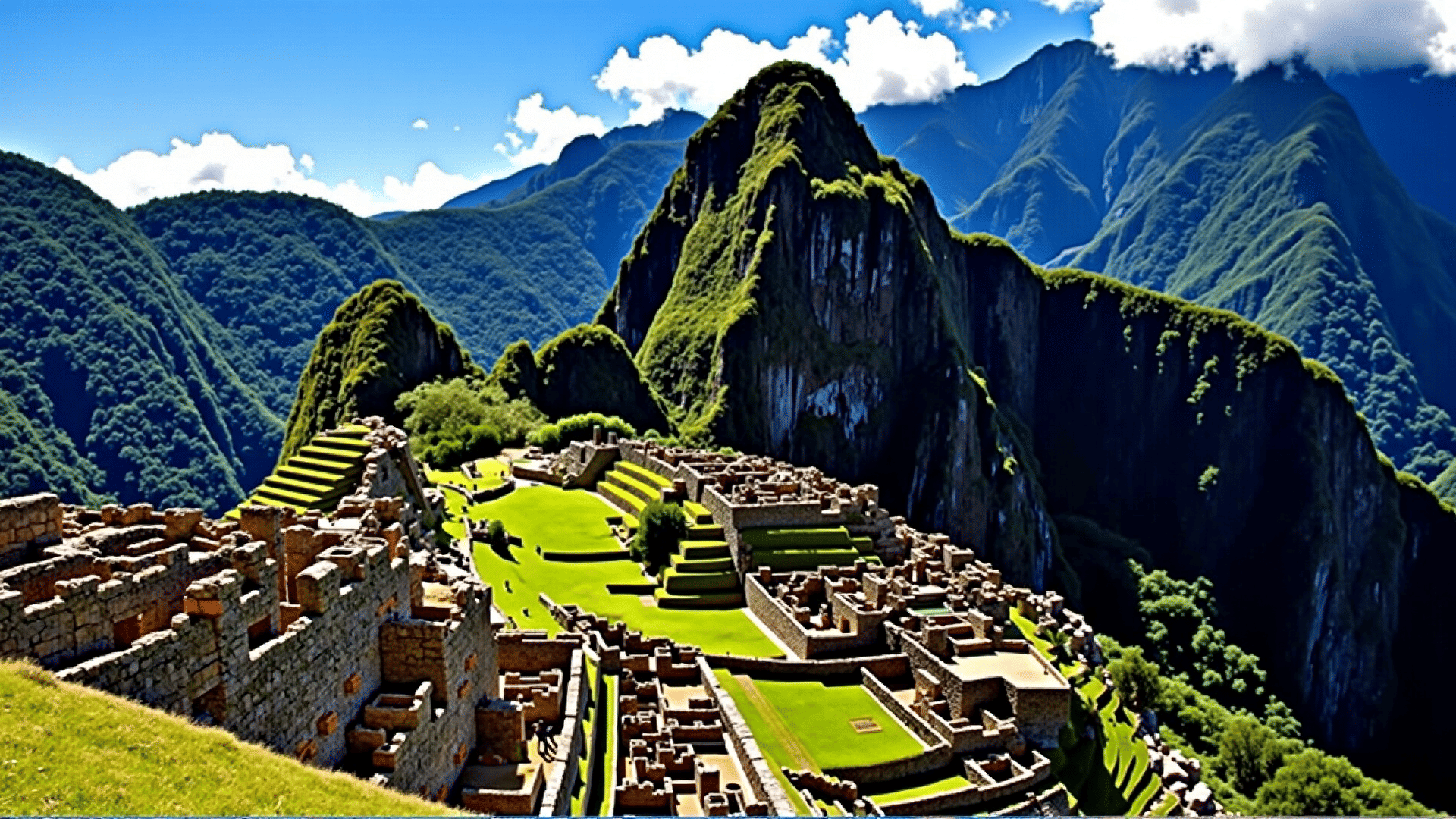Perched high in the majestic Andes Mountains, Machu Picchu stands as an enduring testament to the engineering marvels and cultural richness of the Incan civilization. This breathtaking archaeological site invites travelers from around the globe to embark on a journey through time, delving into the mysteries and splendors of an ancient world that continues to captivate the modern imagination.
The allure of Machu Picchu lies not only in its dramatic setting but also in the enigma surrounding its purpose and construction. Built in the 15th century under the reign of Inca emperor Pachacuti, this city of stone remained hidden from the outside world until its rediscovery by American explorer Hiram Bingham in 1911. What prompted the Incas to build such a complex settlement in this remote location? Was it a royal retreat, a religious center, or perhaps an astronomical observatory? To this day, scholars and historians debate the myriad possibilities.
Walking through the remnants of this ancient city, one cannot help but be awestruck by the precision and ingenuity of Incan architecture. The stones of Machu Picchu are cut with such perfect precision that they interlock without the need for mortar, withstanding the test of time and the seismic activity of the region. This dry-stone construction technique, known as ashlar, demonstrates the Incas' mastery over their environment and their deep understanding of nature.
Visitors traverse the site's terraced slopes, which were ingeniously designed for agriculture and land stabilization, providing insight into the sustainable practices that supported the inhabitants of Machu Picchu. The terraces extend like a massive green staircase, illustrating how the Incas harmonized their innovations with the landscape. The Temple of the Sun and the Intihuatana stone further reveal the spiritual and astronomical importance of Machu Picchu, serving as sacred spaces for rituals and solar observations.
Exploring the communal and ceremonial areas, such as the Royal Tomb, the Room of the Three Windows, and the Sacred Plaza, trekkers are drawn into the vibrant tapestry of Incan life. These structures illustrate the complexity of a society that, at its zenith, was intricately organized and spiritually attuned. The city's orientation and structure are aligned with astronomical events, embodying the Incas' cosmological beliefs and their connection to the celestial world.
Aside from the architectural and historical wonders of Machu Picchu, its natural surroundings imbue the site with a profound sense of peace and mysticism. Nestled between two towering peaks, Machu Picchu Mountain and Huayna Picchu, the city is enveloped by lush cloud forests and spans the Machu Picchu Historic Sanctuary, a protected area brimming with biodiversity. This verdant backdrop not only enhances the beauty of the site but also reminds visitors of the interconnectedness of humans and nature.
Embarking on a trek to Machu Picchu is an experience that extends beyond mere sightseeing. It is a pilgrimage of sorts, where one traverses the ancient Inca Trail, walks in the footsteps of history, and contemplates the innovations and mysteries of a bygone era. The ascent may be challenging, but the reward is a journey through lush valleys and past ancient ruins, culminating in a breathtaking view that is nothing short of transformative.
As travelers uncover the secrets of Machu Picchu, they carry with them the echoes of an extraordinary civilization, one that thrived in harmony with its environment and left a legacy that continues to inspire awe and wonder in the hearts of all who visit. This ancient citadel, high among the clouds, invites us to cherish our own natural and cultural heritage, urging us to preserve it for future generations to discover and admire.
